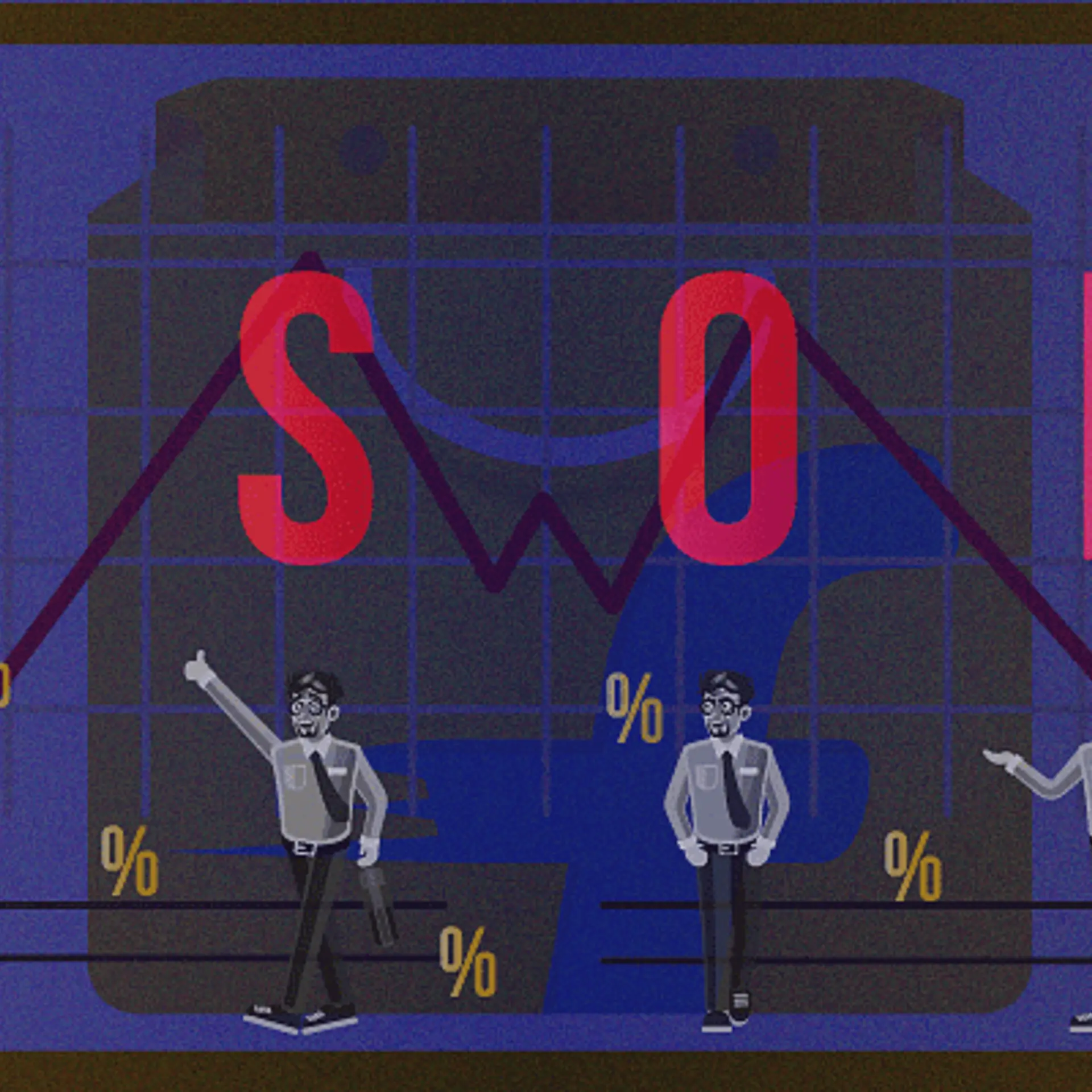How can food startups dish out the best using tech innovations
Over the past few years, the term ‘foodie’ has become a normal part of day-to-day slang. The expanding number of young working professionals living away from home has brought about a lot of traction and attention to the food and beverages industry.
More than 65 food-tech companies came up in India last year. Success of the likes of Zomato and FoodPanda has also strengthened the sentiment for the FnB industry in India. In fact, FnB is already being termed as the next big thing in the Indian startup ecosystem.

Image credit "ShutterStock"
As a traditional restaurateur or a restaurant startup, it becomes necessary to keep up with this trend, and to interact with technology in such a way that you not just survive, but flourish in this food-tech boom.
Here are a few ways in which restaurants can do so:
- Choosing the right Point of Sale (POS) software: Point of Sale/Billing/Restaurant Management Software is the most basic technology point for a restaurant. Most POS softwares in the market today are cloud-based and have the ability to tackle diverse technological needs of a restaurant. Right from order taking and billing, to inventory control and customer loyalty management services, a good POS software would be able to tackle most of the technological requirements of a restaurant.
Some POS softwares also allow the possibility of integrating with third-party online order-taking mechanisms, which can come in handy once you start taking orders online. Some even have social media integration options. Choosing the right POS software will thus bring about a lot of efficiency in the long run and, therefore, it becomes necessary to exercise caution while choosing the same. Some of the leading POS softwares for the food industry are listed here.
- Food discovery and listing platform presence: There is no alternative to getting your restaurant listed on Zomato. One can still choose to not focus on other platforms like Burrp, JustDial etc., but not having a Zomato page is like not wanting to exist. This becomes very important because most customers search restaurants based on data points such as cuisine, location, price range etc. and these platforms help you clearly identify yourself based on these. Additionally, search engines (read Google) results often list Zomato pages of most restaurants above the websites of the restaurants themselves.
The rating and review system on such platforms help you get real-time feedback from your customers and getting to know where you are going right or wrong. Again, responding to customer reviews and complaints on such platforms is very crucial because most customers do their final screening based on peer reviews and ratings.
- Social media presence and campaigns: Social media presence helps you engage with customers at an unparalleled level. Facebook and Twitter presence is again a must. Other platforms such as Instagram, Google+ etc. can also be used effectively for engaging with the customers.
What becomes important here is not just presence, but active presence. Number of likes, check-ins etc. for your restaurant are a good indication of your popularity. Regular updates from your social media pages help you stay in the memory of your customers, thereby increasing the likelihood of them coming back to you. Running discount/complementary campaigns for check-ins etc. are a popular way of increasing social media presence.
- Basic online presence (read website): Though with the popularity of food-discovery and listing platforms the relevance of having a website for restaurants has gone down, it still makes sense to have a website. It is weird for an organised and reputed brand to not have a website, and the same applies to restaurants.
It gives a sense of professionalism and establishment to a restaurant and having a basic website is not a lot of effort either. The website need not be very complex, and a lot of time and money may not be spent on it; but having one giving at least minimum details is still advisable. Service providers such as Limetray (Limetray.com) help restaurants establish their presence online.
- Partnering with online order-taking and delivery platforms: FoodPanda, Just-Eat (recently acquired by Food Panda), TinyOwl are examples of platforms letting your customer place orders online. Some startups such as Bangalore-based Swiggy (swiggy.in), for example, don’t just take care of ordering but also undertake delivery on behalf of restaurants.
One, this gives you a lot of room to focus on your core-business and at the same time ensures that you do not lose out on customers due to lack of in-house order-taking and delivery capacity.
- Customer loyalty programmes and data analysis: No one questions the fact that retaining customers is harder than getting them. Therefore, it is important to not just reward loyal customers but also convert not-so- loyal customers into loyal customers. Tracking customer data, and ensuring that you are incentivising your customers enough to come back to you is thus extremely necessary and customer loyalty programs are the most effective way of doing so.
The most important part of this process is to analyse your customer data and frame your loyalty programmes/schemes/discounts in such a way that the net result of the same is higher sales. (Read http://www.forbes.com/sites/baininsights/2012/11/15/calculating-the-economics-of-loyalty/ and http://www.bain.com/publications/articles/the-economics-of-loyalty.aspx to understand how customer loyalty programs help you increase revenue).
In case your POS software does not allow for customer loyalty and engagement, there are various service providers that can put the mechanism in place for you. Capillary Tech (capillarytech.com), for example, is a market leader in Customer Engagement and Loyalty Management Services. You can also try your hand at newer service providers such as Shoperk (shoperk.com), which offer similar services with affordable prices and customised options.







